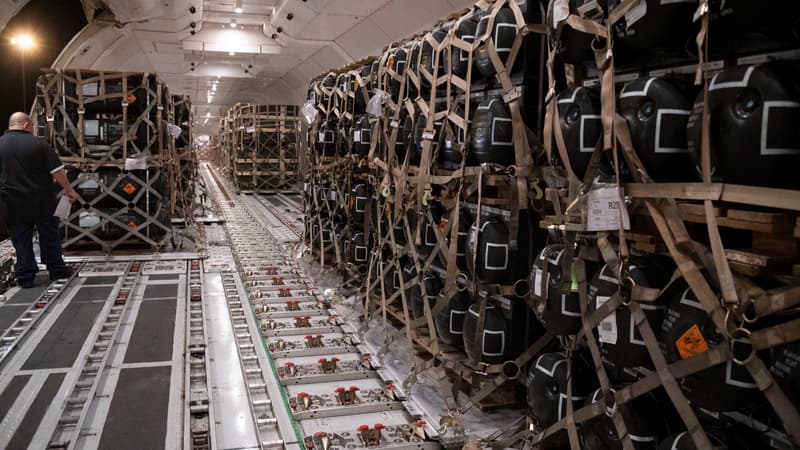Rob Peter to pay Paul. The old adage has been around for several months about military aid to Ukraine provided by Europe and the United States. It allowed Kyiv to take on one of the greatest military powers in the world. How long could he hold out even when President Zelensky asks his allies to urgently send him equipment, weapons and ammunition?
On Thursday, the commander-in-chief of the Ukrainian army, Valery Zalouzhny, said he was convinced that Russia would attempt a new attack on Kyiv in the first months of 2023. NATO chief Jens Stoltenberg warned that Moscow was preparing for a long war and advises the Alliance countries to keep supplying weapons until President Putin realizes that “he cannot win on the battlefield.”
But after 10 months of conflict, the means of the countries directly or indirectly involved in the Ukrainian conflict are running out. All countries that donate arms to Ukraine must replenish as soon as possible the necessary stocks for their armies, which, in the face of a high-intensity conflict, would find it difficult to go to the end. It remains to be seen how.
The war waged by Russia against Ukraine was “a rude awakening for many of us,” stressed the head of European diplomacy, the Spanish Josep Borrell, admitting that the European Union’s arms stocks are depleted.
“We lack the capabilities we need to defend against a higher level of threat” due to “years of under-investment,” he said in a speech to the European Defense Agency (EDA).
In a recent report, titled “Military Stocks: High Intensity Life Insurance?”, the Ifri (French Institute for International Relations) highlights the challenges of an unforeseen situation, but one that paradoxically should have been.
“The armed forces were only able to release material support at the cost of a lasting reduction in their own capabilities, in the absence of preserved reserves. The loss rates observed in the field and the significant consumption of ammunition also highlighted the inadequacy of the French. operational parks, reduced to the strict minimum after two decades of budgetary shortages”, says the author of the report, Léo Péria-Peigné.
In France, this situation had been highlighted shortly before the Ukrainian conflict in a National Assembly report which already stated that, in the event of a major conflict, the ammunition stocks of the French armies would only last a few weeks. France has played its role by sending everything it could and is preparing with the industrialists to produce more to replenish reserves.
France will dedicate two billion euros à la commande de munitions en 2023 pour ses forces armées, soit un tiers de plus than la année passedée annoncé en october Sébastien Lecornu, minister des Armées, lors de la présentation du project de budget 2023 devant la commission de la Défense de l ‘National Assembly.
The orders will concern in particular 200 MMP (medium-range missiles) anti-tank missiles, 100 SAMP-T (new generation medium-range Sol-Air) anti-aircraft missiles, one hundred Mica air-to-air missiles that equip the Rafale and Mirage 2000, about 700 air-to-ground bombs, 10,000 155-mm shells for the caesar cannons and more than 50 million small-calibre ammunition, detailed the ministry.
Could these numbers hold up if France was involved in a high intensity conflict? For Léo Péria-Peigné, the comparison is not correct.
An analysis shared by the General Staff of the Armed Forces which, aware of the need to produce more weapons and ammunition, warns of disaster scenarios.
Source: BFM TV


